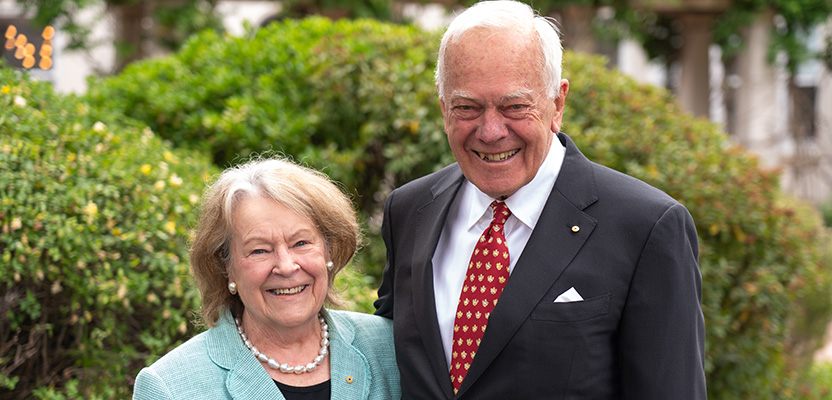The highly anticipated Wellington Square Masterplan has progressed with the appointment of a Western Australian artist to create a reflective artwork acknowledging the Stolen Generations.
The City of Perth selected artist Sandra Hill – an Elder and custodian of the Wadandi (salt water) people of the South West of Western Australia.
The professional visual artist’s concept for the artwork centres around mias (homes) to represent regions of Western Australia around a central Whadjuk Nyoongar centrepiece.
The work will enhance the educational and ceremonial function of Wellington Square as a gathering place for our Nyoongar community at events such as Sorry Day, as well as serve as a reflective space for individual or small group use.
The reflective artwork will be a part of a dedicated place for healing in the north-west corner of Wellington Square.
The City of Perth has worked closely with Yokai, Bringing Them ³Ô¹ÏÍøÕ¾ WA and the broader Aboriginal community to commission this important public artwork.
Chair Commissioner Andrew Hammond said the process had involved significant consultation with Stolen Generations survivors and their families.
He said selecting Sandra Hill as the artist for this substantial piece of work was a big step forward in the Wellington Square Masterplan’s development and an important component of the City’s Reconciliation Action Plan
Artist Sandra Hill said as a member of the Stolen Generations, she knew first-hand what it was like for so many others in the community.
“I understand their grief, loss and heartbreak from having had that experience. I also understand what it’s like to survive that experience and the things that you hold forever in your heart. I understand what needs to be said through art,” she said.
Western Australian Stolen Generations Aboriginal Corporation (WASGAC) Managing Director Jim Morrison said Wellington Square held cultural and spiritual significance for the Whadjuk Nyoongar people, who lived there for many thousands of years when the site was part of a wetlands system.
“The relationship Aboriginal peoples have with Wellington Square today is one of identity. It is considered a safe meeting place, with many spiritual links and memories. Since 2006, Sorry Day celebrations have taken place at this site,” he said.
The artwork is scheduled to be installed in 2021, as part of the much-anticipated Wellington Square Masterplan.








